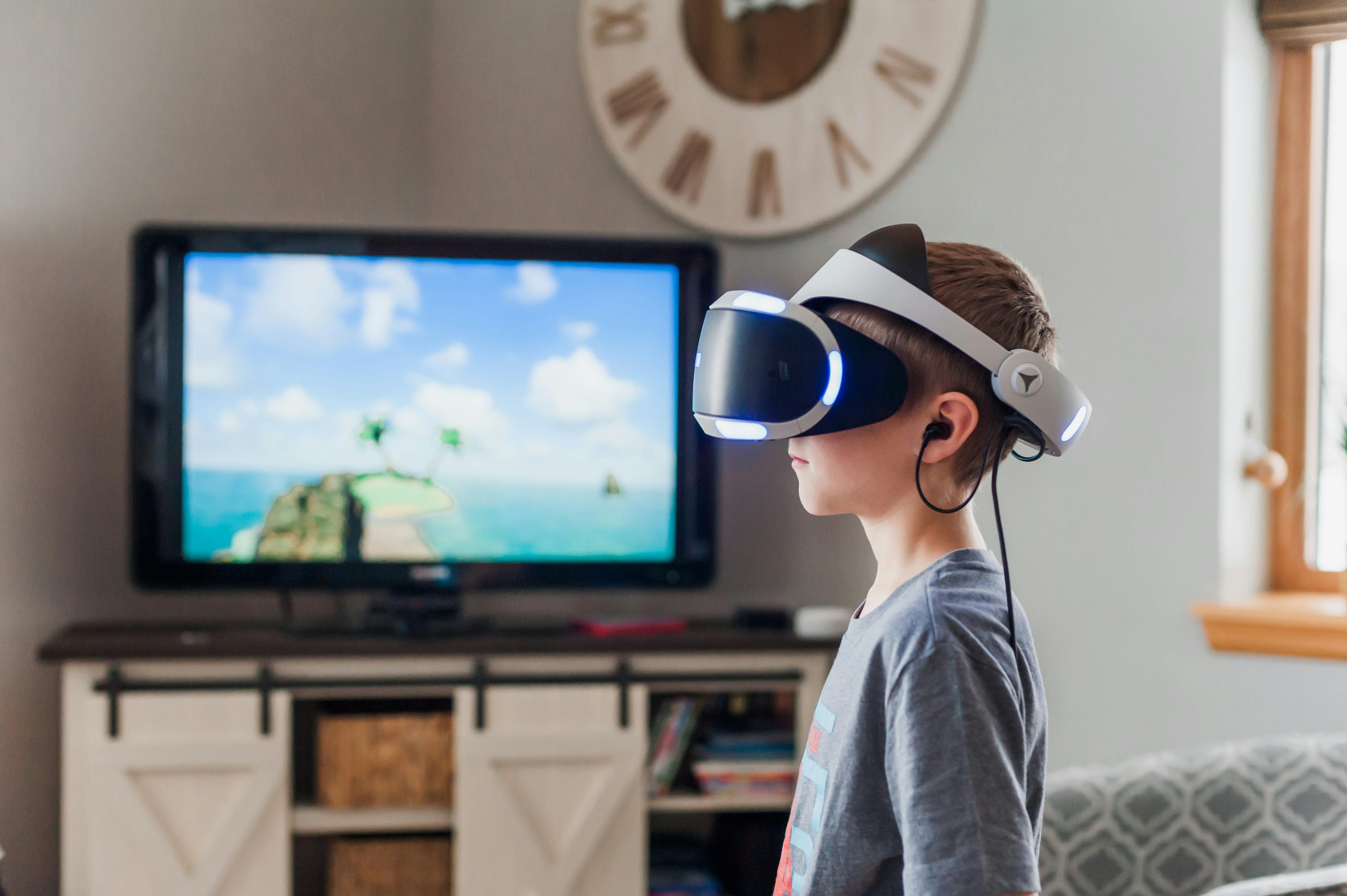Imagine you’re at a lunch buffet that offers you two selections: there’s a tray of frozen mystery beef stew (it looks cold and has some shriveled carrots on top); next to it is a beautifully presented tray of something you really love, prepared exactly the way you like it. Which do you choose? Would you feel bad about making that decision? Would you accuse yourself of being weak?
Of course not.
Our brains are wired in this way. We always choose what is associated with the best feeling (or kinesthetic representation, abbreviated as K). If there was an “Iron Rule of NLP” it would be this: our brains always and only select the best K (feel) available from life’s menu at the moment. Every time this doesn’t seem to be the case, every time someone seems to choose something that feels worse than something else, they still aren’t doing it. For example, soldiers may move towards danger and death because, among other things, it feels better to do it than not to do it, at that moment, in that situation, with those comrades, etc. In this example, the person’s system is selecting the least bad feeling that, while not exactly positive, is still the best-feeling item on life’s menu at the moment.
From the Oxford English Dictionary:
procrastinate v. defer until tomorrow, defer, belonging to tomorrow
1. trans. postpone until another day; postpone day by day; defer, delay Now weird.
2. enter. To defeat the action, delay; be dilatory
So typically, we think of procrastination as a procrastination action. This is “procrastinate” in the intransitive sense, “postpone action, be dilatory.” But I prefer the transitive meaning which, although “it’s weird now”, is more descriptive of what our brains are actually doing. Good transitive procrastination is the proactive relocation of something perceived as unpleasant (which we don’t want to do) to a place in our perceived time/time where it feels better, which is, of course, tomorrow. ! Transitive procrastination is our best way to make something that feels bad feel better! When he feels better we are more willing to do it, which of course will be tomorrow. Furthermore, good procrastination requires significant inner creativity and initiative, and an excellent sense of timing. It’s not just the selective delay of what we don’t want, so that we can tolerate wanting it, it’s also the proactive and preferential selection of something that we do want, at least at the level of how things feel, which is pretty good where we actually operate. .
Procrastination actions, both transitive and intransitive, are magnificent demonstrations of our perfectly normal, completely elegant, evolution-approved, survival-certified brain strategy to always select the best K available. As a practitioner, this is the first thing a procrastinating client must normalize. They are not wrong, lazy, or a bad person with no willpower or self-discipline. Your brain is simply running a strategy to select the best available K. If you’re the brain of someone, and if we think about this in terms of NLP strategy, this is what’s happening:
Step 1) Make a picture/sound/smell/taste representation of the “must do”
Step 2) Get an automatic negative K representation (get a bad feeling)
Step 3) At the speed of light, classify all the other behaviors and experiences representable and possible in the universe you occupy.
Step 4) Select one of the other possibilities, register (almost not consciously) the feeling that this produces
Step 5) Compare the first feeling with the second feeling
Step 6) Select the one that suits you best
Step 7) Prepare for some moderately unsuccessful internal moral/ethical conflict, but put off that part of things, too.
In the way this plays out in the real world, it boils down to the following:
Step 1) Take photos of how to deal with taxes
Step 2) Feel bad
Step 3) Take photos and get TV and pizza sensations
Step 4) Select the render set that feels the best right now (the only time there is!)
Step 5) Yumm… pizza!
Step 6) Do what comes naturally
Step 7) Look at all the time windows available for taxes and that you really deserve a break, mentally (and at the speed of light) prepare any other moral and ethical justifications while listening to the couch call.
Obviously, if these are both tax or TV and pizza, tax will not apply, unless you hate TV or pizza (in which case something else is not right with you!) In the example above , TV, and Pizza were probably rendered in the exact “chunk size” (time needed and scope of effort) plus the exact submodalities (color, internal rendering size, brightness…) designed to maximize our feeling reaction positive internal. Whereas the activity we think we’re supposed to be doing is usually rendered in too large a chunk size (all taxes done, as well as filing for the last three years and current accounting, we’ve written an entire book and cleaned the house, including the basement and attic), so we feel overwhelmed just thinking about it. Or in a chunk size too small to get any K of pleasure, achievement, or boost when we visualize it (locate a receipt, write a word, put a pen in the cup). In addition, other submodalities designed to maximize availability when thinking about homework are being used.
To make more useful decisions for ourselves, we have to
1) have a choice,
2) notice that we have a choice,
3) have a way to evaluate the options included in the choice, and
4) have a way of knowing that we have selected what we want.
This is somewhat tricky, but long-standing NLP “strategies” make it quite easy to work with.
If you went to IHOP and the menu pages were all glued together, you wouldn’t look any further than the first page where Waffle-Mega-Rama and Triple Cream Stuffed Pancakes are offered. The brain of a person who procrastinates is essentially choosing from an equally abbreviated, biased, impoverished, and manipulative menu. If the things she wants to do are even on the menu, listed as possible options, they’re written in small, simple type on the attached pages, while the activities that make her procrastinate are in bold type and have attractive, glossy photos to accompany them, designed to whet your appetite. . The brain doesn’t really get a chance to generate good feelings about small print items. She will always get a better K from the brilliant and seductive photography of the Waffle-Mega-Rama and she will choose that. Every time. (And yet we doubt ourselves and wonder why we don’t choose the things we “should” choose and do and instead spend our precious time taking courses on how to become better organized, more motivated, etc.)
The task of the Transformational NLP Practitioner is then to intervene, strategically (literally, working with “strategies”, in the NLP sense of the term) to get the client to add the choices they would like to make to the menu, and to have the client act out these new options in such a way that the brain can notice them and generate positive K signals that give them a high priority. In other words, the practitioner’s job is to help the client change the content, chunk sizes, and submodalities of meaningful representations over options they would like to have consciously available. If all of this is organized properly, the client will automatically move toward the behavior and experience that she really wants.
When we can’t find a positive feeling to move towards, our other possibility is that our systems generate negative feelings to move away from. One of the most useful things about negative K’s is that they feel bad. They are supposed to feel bad! What possible use would bad feelings have if they didn’t feel bad? So it feels positive to walk away or remove the negative! Of course, making representations of external threats, bad consequences, etc., of not doing what we want to do are excellent and convenient ways of generating the necessary negative K’s. So when not doing something feels worse (when internal representations of failure are coded to produce feelings of discomfort or pain, to just the right degree and at the right time), the brain ultimately chooses the option that is less painful, which also is the one that is most positive. Perfect! However, it is stressful having to continually deal with negative K’s. Although many of us are incredibly gifted about it, it usually gets bad for us over time.
So the art of working with procrastination is not to have the client learn to work through their pain and then select something that still doesn’t feel good. This is “willpower”. In the long run, willpower can only work if we can also teach ourselves to have good feelings when using it. Otherwise, it’s an exercise in internal conflict, and even if we do manage to beat each other for a while, who, exactly, wins? Human beings can destroy their relationship with themselves and with life itself, if they work hard enough to defeat themselves in their pursuit of happiness and self-respect. This can lead to relying on what we call “The World’s Second Worst Belief,” which is one version or another of, “Well, at least I have enough self-respect to hate and despise myself.” This is bad business. It is expensive, destructive and unnecessary. It is an expression of the desperation that develops when we try to turn self-destruction into a path to success.
The reframing that is often helpful when taking the client into this realm called strategy work is to continually point out that the brain is simply making the best decision available, that it is not helpful to dwell on it or to solve the “procrastination problem,” but to notice how the brain makes decisions The basic assumption of NLP, that we are always making the best possible choice, based on menu options and availability, so to speak, is the bottom line to keep in mind.
NLP strategies are a form of behavior level change. They involve reviewing patterns of internal behavior, called representations. However, by the time the client walks into the office of a transformational NLP practitioner with the pain of procrastination as the main presenting issue, the person has undoubtedly had years to refine beliefs about themselves and the world. that are necessary to make procrastination make sense. They have probably had years and years of experiencing themselves as failed versions of an ideal self. They will probably believe (to appreciate) the identity: “I am a procrastinator.” So the job is likely to involve a fair amount of belief and identity revision, eventually. It is also useful to review virtual systems, in support of new behavior changes. (“What would I do or choose, right now, if my thoughts and choices mattered?”)
This, however, is for another article.



